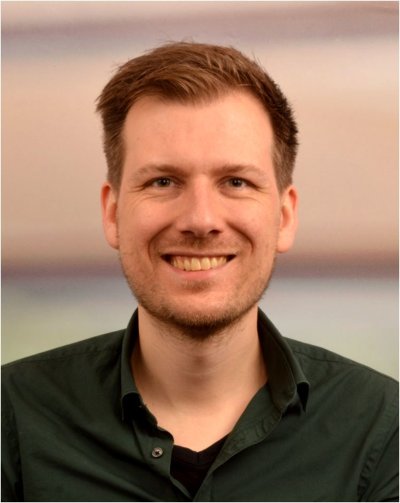Biomechanical models and prediction of mobility after tongue cancer surgery
Due to the COVID-19 crisis measures the PhD defence of Kilian Kappert will take place online in the presence of an invited audience.
The PhD defence can be followed by a live stream.
Kilian Kappert is a PhD student in the research group Robotics and Mechatronics (RAM). He is an external PhD student who performed his research at the Head and Neck Oncology and Surgery at the Netherlands Cancer Institute. His supervisors are dr.ir. F. van der Heijden and prof.dr. A.J.M. Balm from the Faculty of Electrical Engineering, Mathematics and Computer Science (EEMCS).
 Due to the complex anatomy of the tongue, it is not possible to predict functional consequences after surgical treatment of tongue cancer based on reasoning and experience alone. The ambition of the 'Virtual Therapy' project is to develop a Digital Twin model based on actual physics and anatomy of the head and neck region. This model could theoretically assist in predicting functional loss, thereby assisting the physician and patient to better understand the effects of treatment on function.
Due to the complex anatomy of the tongue, it is not possible to predict functional consequences after surgical treatment of tongue cancer based on reasoning and experience alone. The ambition of the 'Virtual Therapy' project is to develop a Digital Twin model based on actual physics and anatomy of the head and neck region. This model could theoretically assist in predicting functional loss, thereby assisting the physician and patient to better understand the effects of treatment on function.
Movement and deformation in these models are calculated using the finite element (FE) method, which divides a large structure into smaller parts (elements) that are easier to calculate. This thesis describes a method to enable virtual surgery on such a biomechanical model by means of a few mouse clicks. The FE analysis causes the tissue to realistically deform when simulating sutures and fibrosis. Simulations of outward, upward, leftward, and rightward tongue movements were quantitatively comparable with those of patients.
To be able to quantify further developments of the model, a previously introduced optical tracking method has been further developed to track the tongue in 3D. This method was able to distinguish tongue movements of healthy subjects and patients after treatment with chemoradiation or surgery.
To date, no reliable in vivo measurements have been made of tongue elasticity. In an attempt to measure the elasticity of the tongue, without muscle tone, in 10 patients under general anesthesia, the tongue tissue appeared to be two times stiffer than while awake. Various hypotheses about the effects of anesthetics affecting tissue stiffness during general anesthesia could not yet be confirmed with the data collected.
To personalize the models, an MRI technique called Constrained Spherical Deconvolution(CSD) was used to make intersecting muscle fibers visible in the tongue. In this way, we were able to construct fully personalized models from 10 healthy subjects. The models were not able to extend the tongue by the same amount as the subjects. However, with a correction factor applied, the simulated movements correctly predicted the measured tongue movements in 80% of the healthy subjects. Simulating surgery on personalized preoperative tongue models of patients was, unfortunately, less successful due to the artefacts present in the MRI images. Nevertheless, we have succeeded in making models of two patients. More individualized pre- and postoperative models are needed to demonstrate that this personalization step contributes to the quantitative prediction of functional consequences after surgery.




